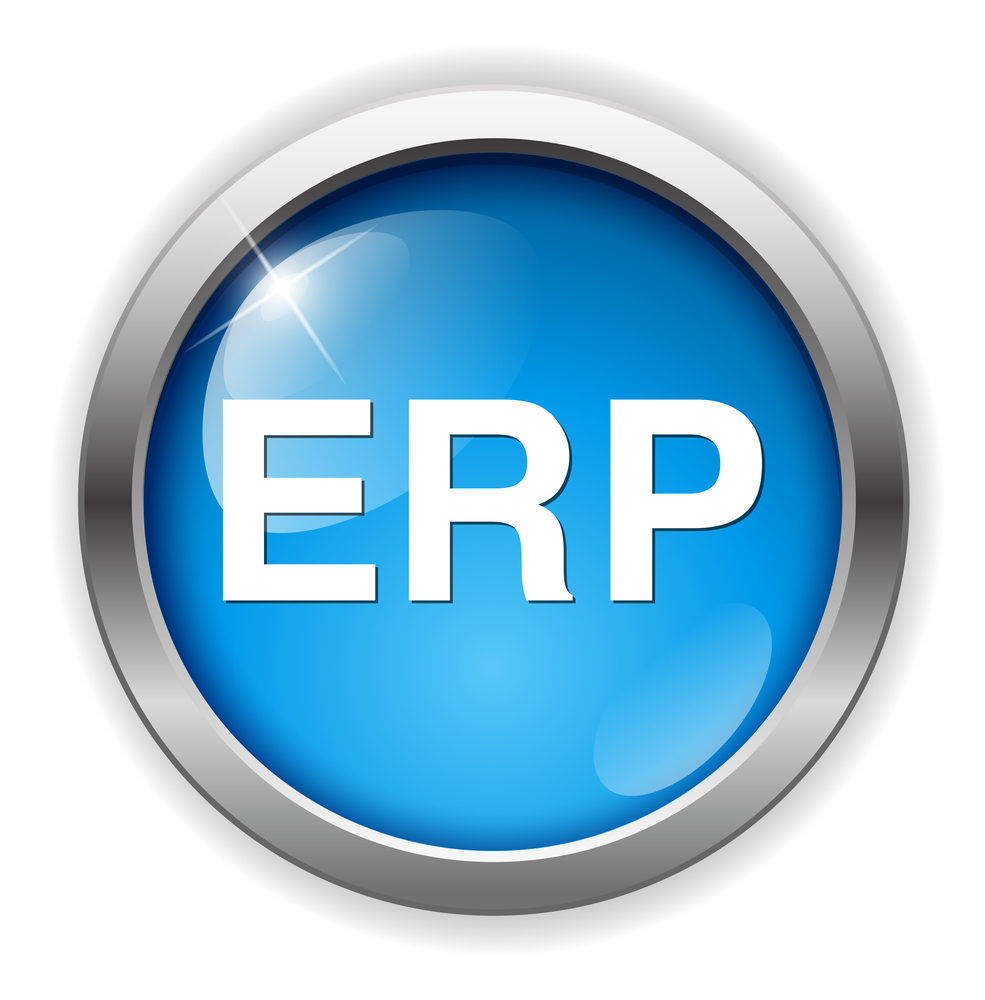Two Terrible Mistakes Companies Are Making During ERP Selection
There are plenty of steps involved in choosing the right ERP vendor and solution, and a long list of things that MUST be done during the ERP...
2 min read
CAL Business Solutions Tue, Jun 06, 2017

 Your company has decided that the time has come to purchase a new or updated ERP (Enterprise Resource Planning) solution. That’s great, because you realize that a peak performance ERP can help your business compete effectively and will enable you to manage the growth that is sure to come with success. You also realize that the right solution will help you better meet the needs of your customers and your team. However, you may be worried that implementing a new system, regardless of the benefits to your business, may prove disruptive to your ongoing business processes. And what if the implementation fails or your teams refuse to adopt the new technology?
Your company has decided that the time has come to purchase a new or updated ERP (Enterprise Resource Planning) solution. That’s great, because you realize that a peak performance ERP can help your business compete effectively and will enable you to manage the growth that is sure to come with success. You also realize that the right solution will help you better meet the needs of your customers and your team. However, you may be worried that implementing a new system, regardless of the benefits to your business, may prove disruptive to your ongoing business processes. And what if the implementation fails or your teams refuse to adopt the new technology?
Dave Turbide, a consultant and educator specializing in the needs and challenges of mid-sized businesses, and Ray Rebello, Director of Product Marketing at Acumatica, have put together a Whitepaper with five steps outlining how you can successfully choose and implement your ERP solution.
Step 1: Groundwork
There are some things to consider before you jump into the ERP implementation phase. First, ask yourself, and others involved in the selection process:
• What it is you hope to accomplish with a new ERP?
• What are the limitations of your current system?
• What are your goals as your business continues to grow?
• What are your security requirements and concerns?
There may be many reasons you need a new ERP, but be sure to put them into words, better yet, writing. Be clear about what it is you need and want from your solution.
Next, you’ll need a selection team that includes your main users and decision makers. Having your key people onboard from the start will go a long way toward a successful implementation. Listen to their input.
Now, outline the project strategy. Determine the general shape and scope of your ERP project. Examine your current systems and processes. Take a good look at the state of your business and determine baseline measurements in areas such as inventory levels by type, production lead time, and inventory accuracy, etc.
Step 2: Rally your team
You can’t expect to accomplish any kind of successful ERP implementation without having your whole team on board. Make sure to schedule some ERP training very early on in the project and insist that all participate.
Step 3: Choose a solution provider and implementation partner
There are many and varied ERP solutions on the market and it is essential that you choose one best suited to your business needs, processes and budget. Pay careful attention to three of the most important considerations:
• Functionality: Match the specific functionality that you need today (per your requirements definition) with the ability to adapt the system to change when your needs change.
• User friendliness: Evaluate the design of the user interface to see how familiar and intuitive it is. Too steep a learning curve should raise a red flag.
• Support: Your system’s developer and your implementation partner must be reliable, trustworthy, and compatible with your needs and company culture.
Step 4: Implementation
Your ERP implementation doesn't have to be traumatic or overwhelming, but it will take some work. Best practices call for a few basics: Use standard tracking tools like MS Project to manage the effort, keep the project and its progress highly visible to the entire group of stakeholders throughout the whole process and don't skimp on training.
Step 5: After the go live, what’s next?
Implementation doesn’t end once you go live. It’s important to stay up to date on new features, releases and trainings. Consider advanced functionality, and keep your employees educated. Your people will change, your applications will change, and you want to make sure that you’re staying up to speed with all that is happening in the world of ERP.
Can an ERP implementation go smoothly and be successful? We say “yes!” Choose the right solution and the right implementation partner and success is sure to follow.
At CAL Business Solutions believe that Acumatica’s Cloud ERP solution will meet your needs regardless of which areas are of highest priority to you. At the same time, we’re not afraid to go head to head with the leading ERP solutions on the market. We would like to help you in gathering information and making an informed decision. Contact our ERP experts at 860-485-0910 or sales@calszone.com.
By CAL Business Solutions, www.calszone.com/acumatica

There are plenty of steps involved in choosing the right ERP vendor and solution, and a long list of things that MUST be done during the ERP...

Executives justify moving to a standard Enterprise Resource Planning (ERP) solution based on a number of compelling reasons. By supporting a single...

ERP request for proposals (RFP) get a bad rap as being a waste of time for both the creator and the ERP vendor filling it out. Of course, a RFP is...